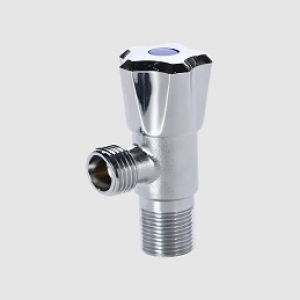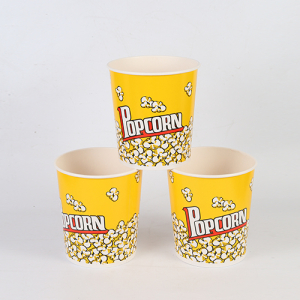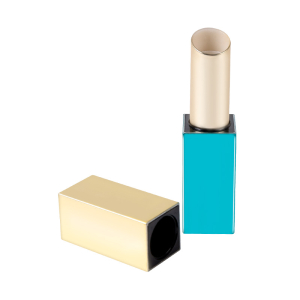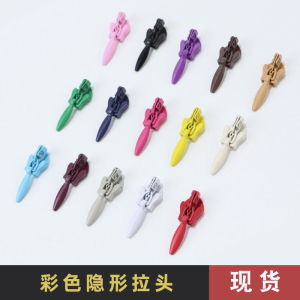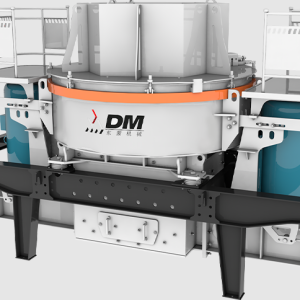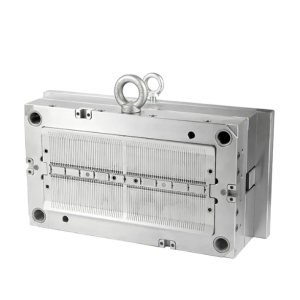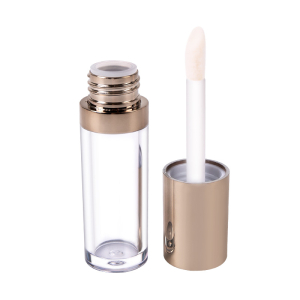In contemporary interior design, there's a growing emphasis on sustainability and eco-friendliness. MDF decorative moldings have emerged as a popular choice not only for their aesthetic appeal but also for their environmental benefits. Let's delve into how MDF decorative moldings contribute to reducing environmental pollution.
MDF is a versatile and eco-friendly material commonly used in the production of decorative moldings. Unlike traditional wood moldings, which often require the harvesting of old-growth forests, MDF is made from recycled wood fibers and other sustainable materials. This significantly reduces the demand for virgin timber and helps preserve forests, which are vital carbon sinks and habitats for diverse ecosystems.
Furthermore, the manufacturing process of MDF decorative moldings is designed to minimize environmental impact. Modern facilities employ advanced technologies and sustainable practices to ensure efficient resource utilization and waste reduction. By optimizing production processes, manufacturers can minimize energy consumption and emissions, further reducing their carbon footprint.
One of the key environmental benefits of MDF decorative moldings is their longevity and durability. Unlike natural wood moldings, which may deteriorate over time due to moisture, pests, or wear, MDF moldings are highly resistant to such factors. Their homogeneous composition and engineered structure make them less prone to warping, cracking, or decay, resulting in a longer lifespan. This durability means fewer replacements are needed, reducing the overall environmental burden associated with manufacturing and disposal.
Moreover, MDF decorative moldings offer superior paint adhesion and finish retention compared to traditional wood moldings. This allows for fewer coats of paint to achieve the desired finish, reducing the consumption of paint and associated volatile organic compounds (VOCs). Low-VOC or zero-VOC paints are often used in conjunction with MDF moldings, further minimizing indoor air pollution and promoting healthier indoor environments.
Another environmental advantage of MDF decorative moldings is their recyclability. At the end of their lifecycle, MDF moldings can be recycled and repurposed into new products or used as fuel for energy generation. This closed-loop approach reduces the amount of waste sent to landfills and conserves valuable resources. Additionally, some manufacturers offer take-back programs, allowing customers to return used MDF moldings for recycling, further promoting sustainability.
In terms of transportation and logistics, MDF decorative moldings are lightweight compared to traditional wood moldings. This results in lower fuel consumption and greenhouse gas emissions during transportation, contributing to reduced environmental impact. Additionally, the flat-pack design of MDF moldings allows for more efficient packaging and storage, further minimizing packaging waste and transportation-related emissions.
Overall, MDF decorative moldings offer a sustainable and environmentally responsible choice for interior design projects. From their eco-friendly materials and manufacturing processes to their durability, recyclability, and efficient transportation, MDF moldings embody the principles of environmental stewardship. By incorporating MDF decorative moldings into their projects, designers, and homeowners can contribute to a greener future while enjoying the timeless beauty and elegance they provide.


